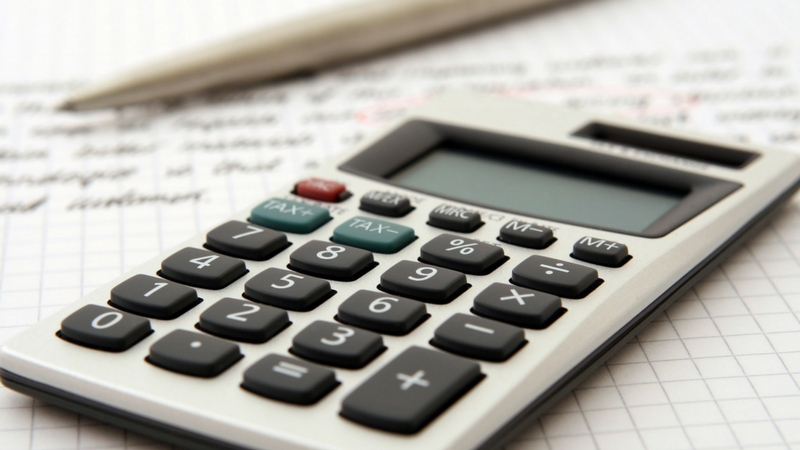Fiscal Policy and Taxes
Episode #9 of the course Fundamentals of economics by Dr. Michael McDonald
While monetary policy is one of the most important systems for controlling the economy of modern nations, it is not the only tool at the disposal of governments. The other major system for helping manage a country’s economy that we’re going to cover today is called fiscal policy. Run properly, fiscal policy and monetary policy can work in tandem to help ensure effective economic management.
Government as a Stabilizer
The basic idea behind fiscal policy is that governments can act as a stabilizing force to keep the economy of a country moving forward. Since governments do not exist to make a profit like corporations and they have no need to save money for the future like consumers, in theory, governments can step in to help an economy when needed.
Consider an economy in a recession. In recessions, consumers spend less money, and businesses look for ways to cut costs, such as delaying investments and firing employees. In this situation, there is a lack of demand for many products and services across the economy, and governments can play a role by helping to stimulate that demand. It may do so either by encouraging individuals and businesses to spend more through tax cuts or by spending money directly on things like building new roads or buying new military equipment.
At the same time, when an economy is growing too strongly and at risk of overheating, governments can help keep growth to a sustainable pace by spending less money directly or by trying to slow the pace of spending in the economy as a whole. In general, governments want to avoid having the economy grow too quickly, because that risks creating unsustainable conditions that lead to a major recession.
The Role of Tax Cuts in Spurring the Economy
In addition to directly spending more or less money on roads and the military, governments can indirectly speed up or slow down the economy by altering tax policy. Tax cuts in particular can be used to stimulate the economy during a recession or slow the economy if it is overheating (the latter approach is much rarer).
In recent years, the US, various European countries, and Japan have all altered taxes to help manage the economy. Tax cuts during a recession often provide the general public with direct cash under the assumption that the public will spend that money, which in turn increases demand for a wide range of goods and services.
(Political) Lags and Problems with Using Fiscal Policy
While monetary policy can only indirectly influence the economy through the use of interest rates, fiscal policy can directly stimulate economic demand. However, fiscal policy also suffers from major drawbacks.
First, while monetary policy is conducted by the Central Bank and thus is relatively quick to implement, fiscal policy is generally carried out by the legislature of a country. As a result, the process is often slow and can take months to be completed, even after a problem is recognized. This issue is known as the lag problem.
In addition, there is often little political will to make tough choices regarding fiscal policy. Politicians frequently attempt to direct government spending to favored projects, rather than those projects that will create the most economic benefit. It’s a common situation when politicians are loathe to cut spending or raise taxes even after the economy rationale for such a stimulus has dissipated.
For these reasons, fiscal policy is often viewed by economists as a secondary tool to be used in managing the economy and one that is best left unused except in the case of severe economic problems.
Tomorrow, we will learn about inflation, a phenomenon that governments try to avoid and one risk from an economy that is growing at an unsustainable pace.
Recommended book
Capital in the Twenty-First Century by Thomas Piketty
Share with friends

